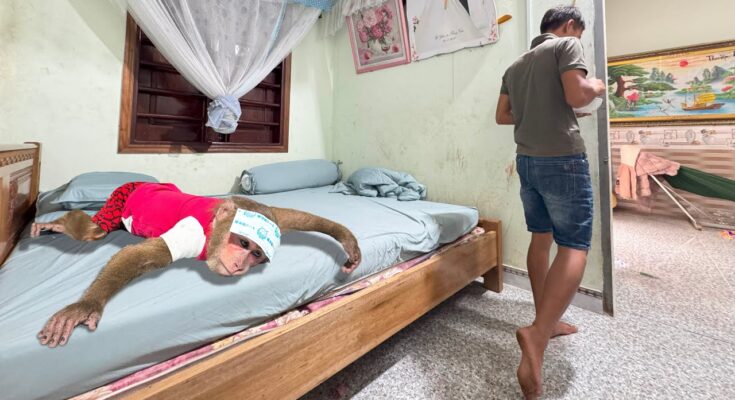In the heart of the city, where hospitals stand as symbols of hope and healing, a father’s desperate pleas fell on deaf ears. A sick child, worsening by the hour, found himself caught in a tangled web of bureaucracy, medical negligence, and a system seemingly designed to prioritize policies over people. CUTIS Medical Center, a once-respected institution, became the epicenter of a tragic ordeal that left a family devastated and a community outraged.
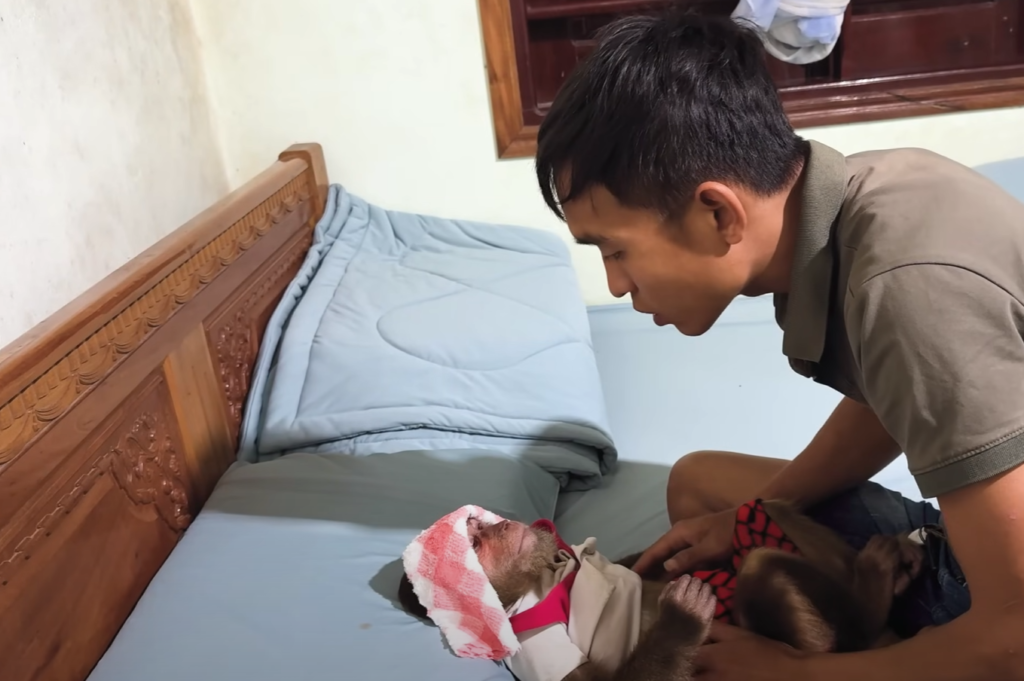


A Father’s Desperation
David Reynolds, a single father, had always been a pillar of strength for his son, Max. Max, a bright-eyed 10-year-old, had been battling a rare immune disorder for years. While the journey had been fraught with hospital visits and endless treatments, David never gave up hope. He trusted the medical system to stand by him as he fought to keep his son alive. But on a fateful night, that trust was shattered.
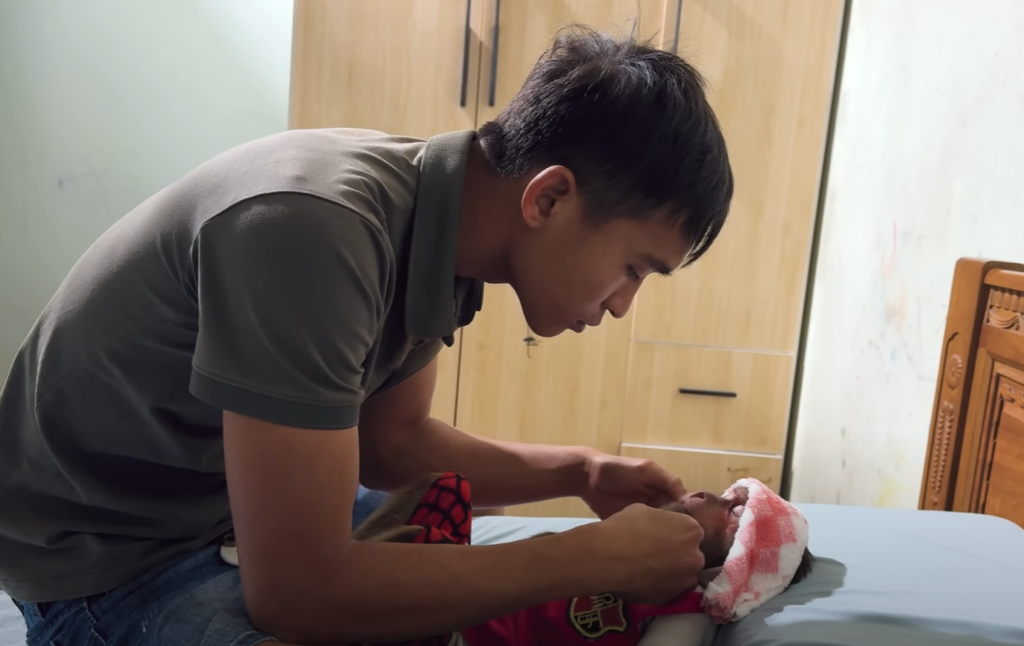
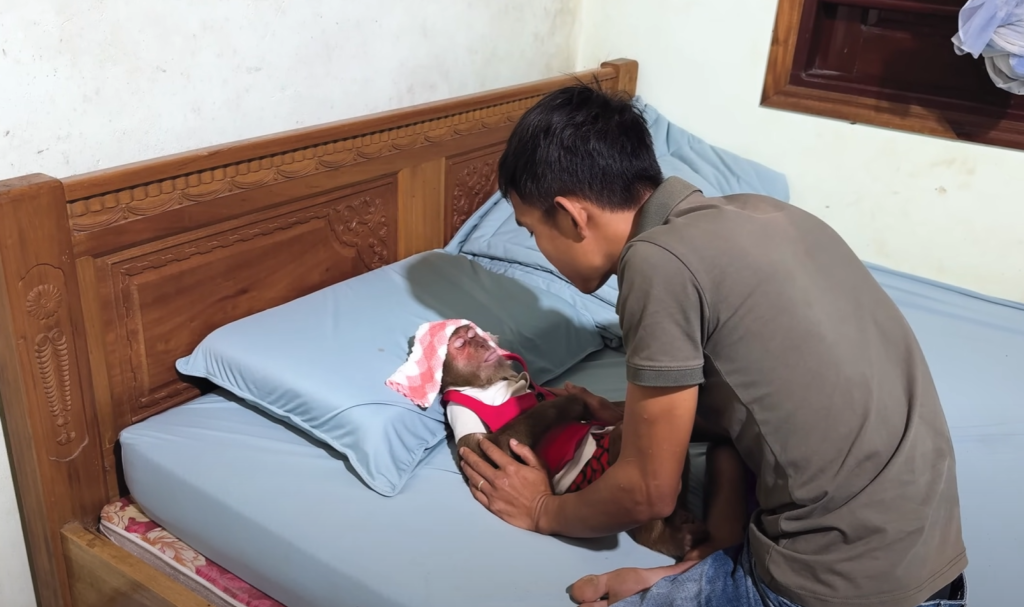

Max’s condition had taken a turn for the worse. His fever soared, his breathing grew labored, and his body trembled with weakness. Knowing time was against them, David rushed him to CUTIS, the hospital that had previously treated his son. With panic in his voice and fear in his heart, he pleaded for immediate care.

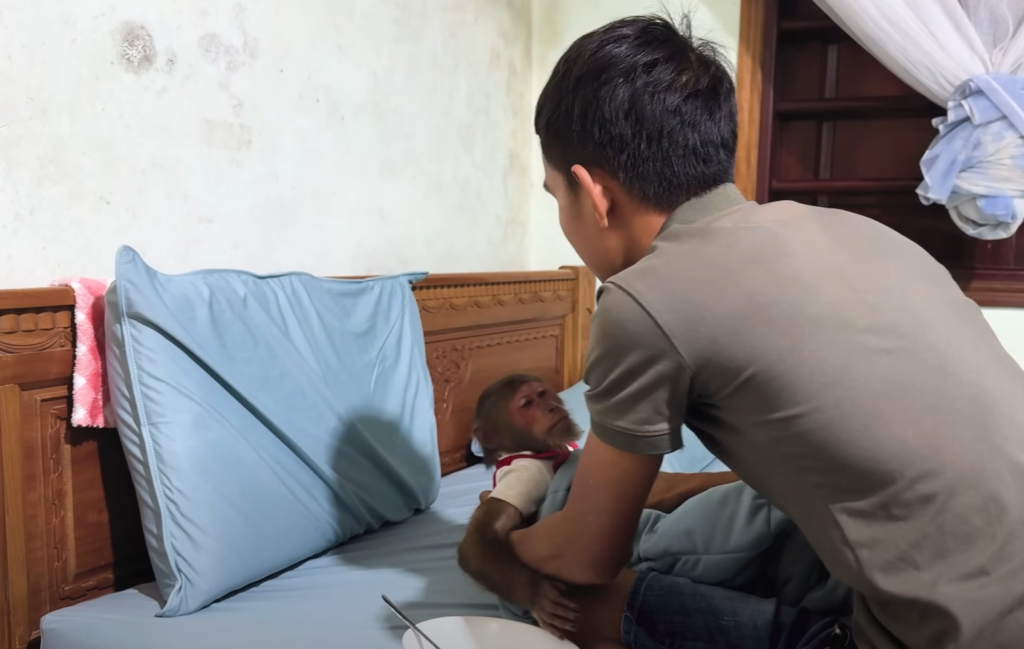

Denied at the Door
Upon arrival, David was met with cold indifference. The receptionist, barely looking up from her computer screen, asked for insurance details before even inquiring about Max’s condition. David, already flustered, explained that his insurance had lapsed due to financial struggles.
“I’ll pay out of pocket,” he insisted, “Just help my son!”
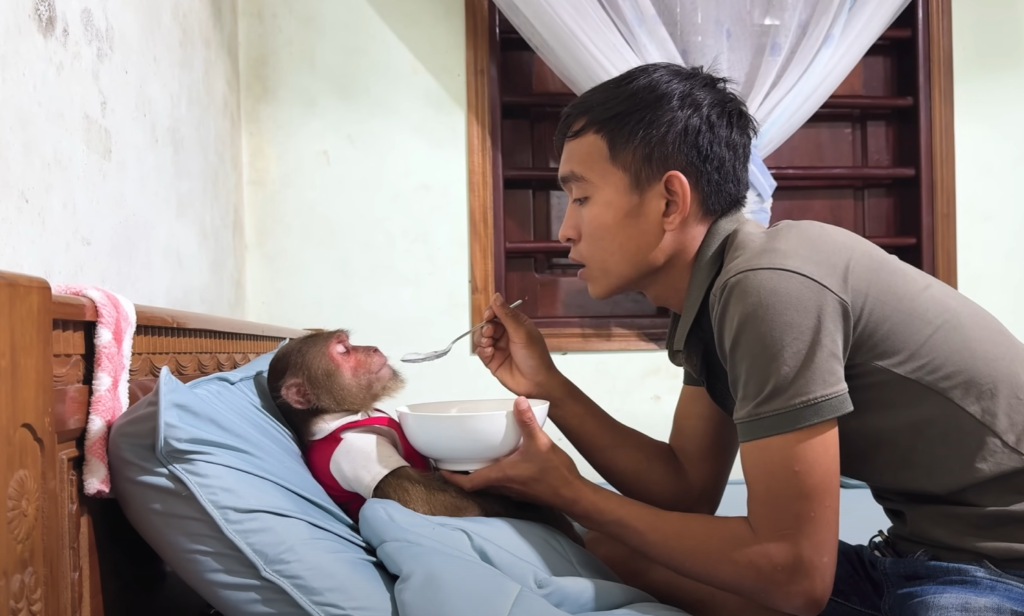
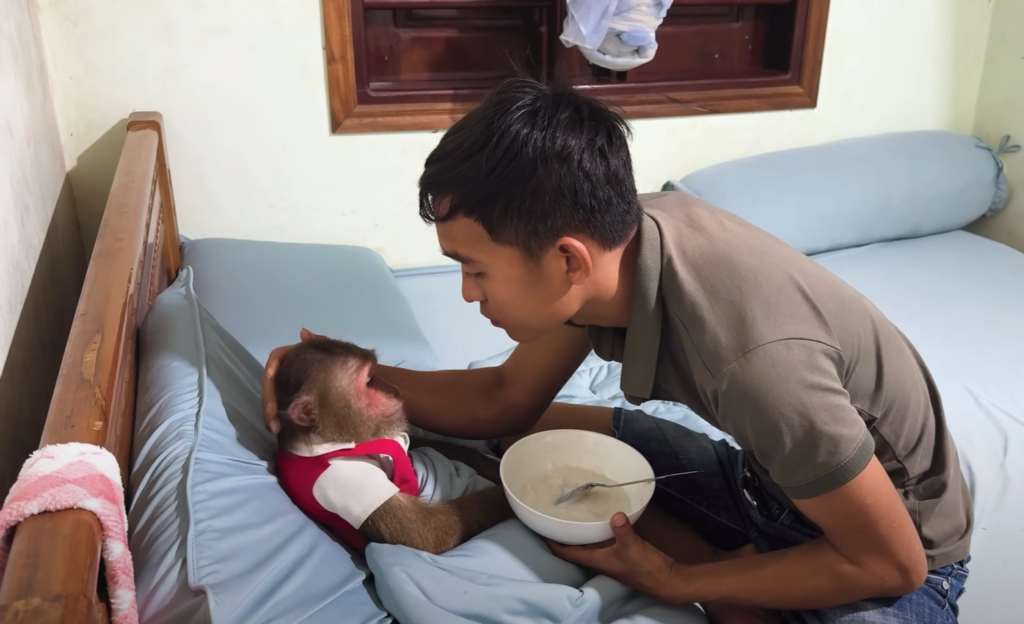

The response was chilling. CUTIS had recently implemented a stricter policy regarding non-insured patients. Without an active policy or a large upfront payment, treatment would be denied. It didn’t matter that Max had been a patient there for years. It didn’t matter that his condition was rapidly deteriorating. The hospital’s new directive was clear: no insurance, no treatment.
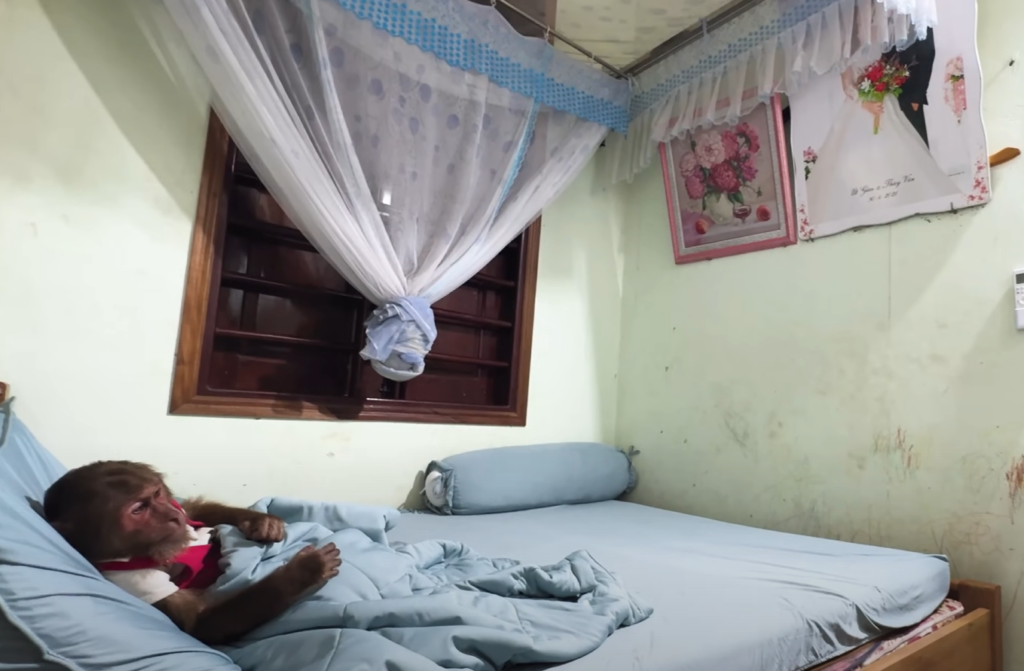

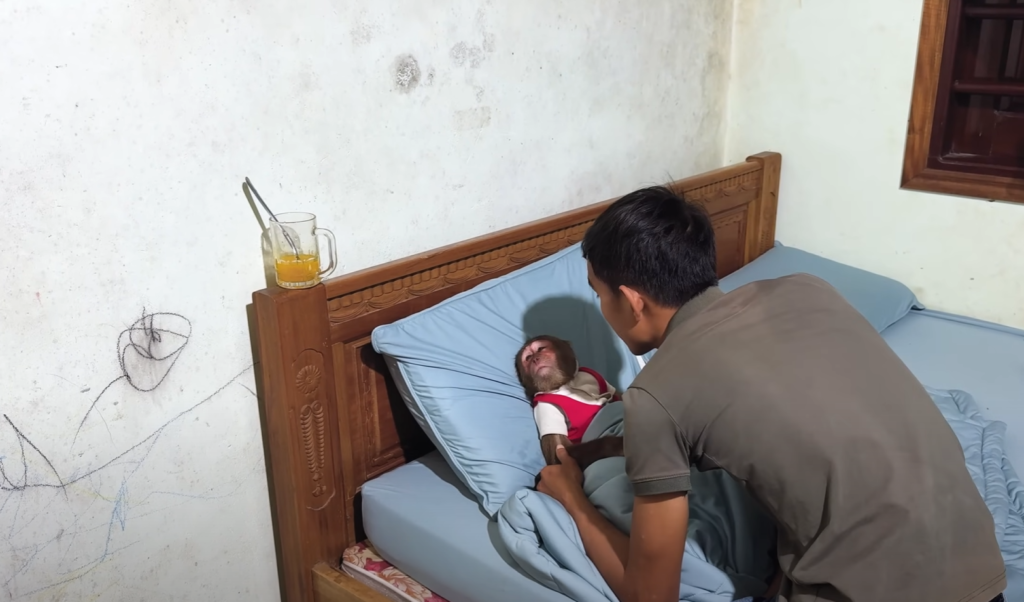
A System That Failed
David’s protests fell on deaf ears. He pleaded, argued, and even begged, but the hospital staff remained unmoved. One doctor, glancing at Max’s frail form, whispered, “Take him somewhere else—quickly.”
Somewhere else? How much time did Max have? The questions screamed in David’s mind, but he had no choice but to act. Cradling his son in his arms, he ran back to his car and sped toward the nearest public hospital.

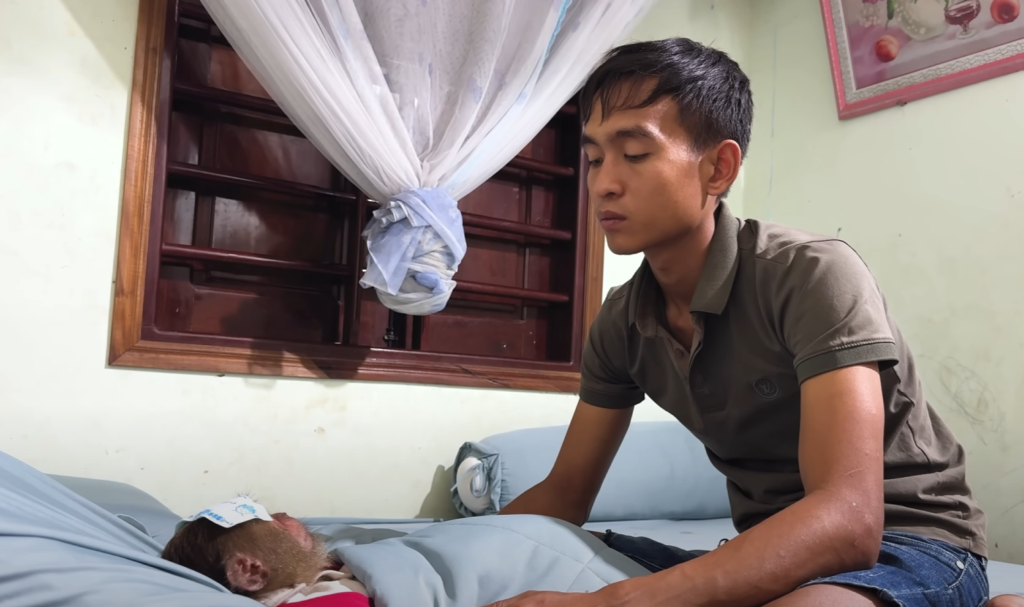
The Race Against Time
Traffic was unkind that night. The roads were congested, each red light feeling like a cruel joke. Max’s breathing became more erratic. His small hand, once full of warmth, felt clammy and cold.
David spoke softly to his son, trying to keep him conscious. “We’re almost there, buddy. Just hold on.”
But by the time they reached the emergency room, Max had gone into shock. Doctors and nurses rushed to his side, administering oxygen and fluids. David collapsed in a chair, his heart pounding with fear.
The doctors did everything they could, but Max’s body had been through too much. Hours later, as the morning sun peeked over the horizon, David received the news that no parent should ever hear.
Max was gone.
Community Outrage
Word of Max’s death spread quickly. The community, already frustrated with the increasing inaccessibility of healthcare, was furious. CUTIS had refused treatment to a critically ill child—a decision that, many believed, had cost Max his life. Protests erupted outside the hospital. People held signs demanding justice for Max and accountability from the institution that had abandoned him in his hour of need.
CUTIS, faced with mounting public pressure, released a statement. They expressed regret over the situation but defended their policy. “Our hospital follows strict guidelines to ensure that we can continue providing quality care to all insured patients,” the statement read. “We deeply sympathize with the Reynolds family, but financial policies are in place for a reason.”
The Fight for Change
David, drowning in grief, found a new purpose. He refused to let Max’s death be in vain. He spoke at rallies, sharing his story, urging lawmakers to take action. His demand was simple: no critically ill patient should ever be denied treatment due to lack of insurance.
His voice gained momentum. Activists and legal experts joined him, pushing for healthcare reforms. The media picked up the story, shedding light on other families who had suffered similar fates. CUTIS found itself under government scrutiny, with investigations launched into its policies and decision-making processes.
A Lesson to Be Learned
Max’s story became more than just one family’s tragedy—it became a symbol of a broken system in need of urgent reform. Hospitals are meant to save lives, not turn people away based on financial status. The loss of a child is unbearable, but the injustice of preventable loss is what fueled a movement demanding change.
For David, the fight continues. Every speech, every interview, every tear he sheds is in memory of his son. He hopes that, one day, no parent will ever have to hold their child in their arms, begging for help that is callously denied.
Because no policy should ever come before a person’s life.
